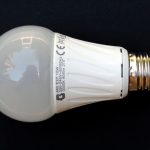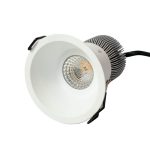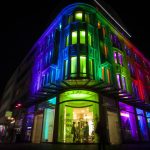DIY Guide: Building a HighQuality LED Grow Light System for Better Indoor Plant Growth
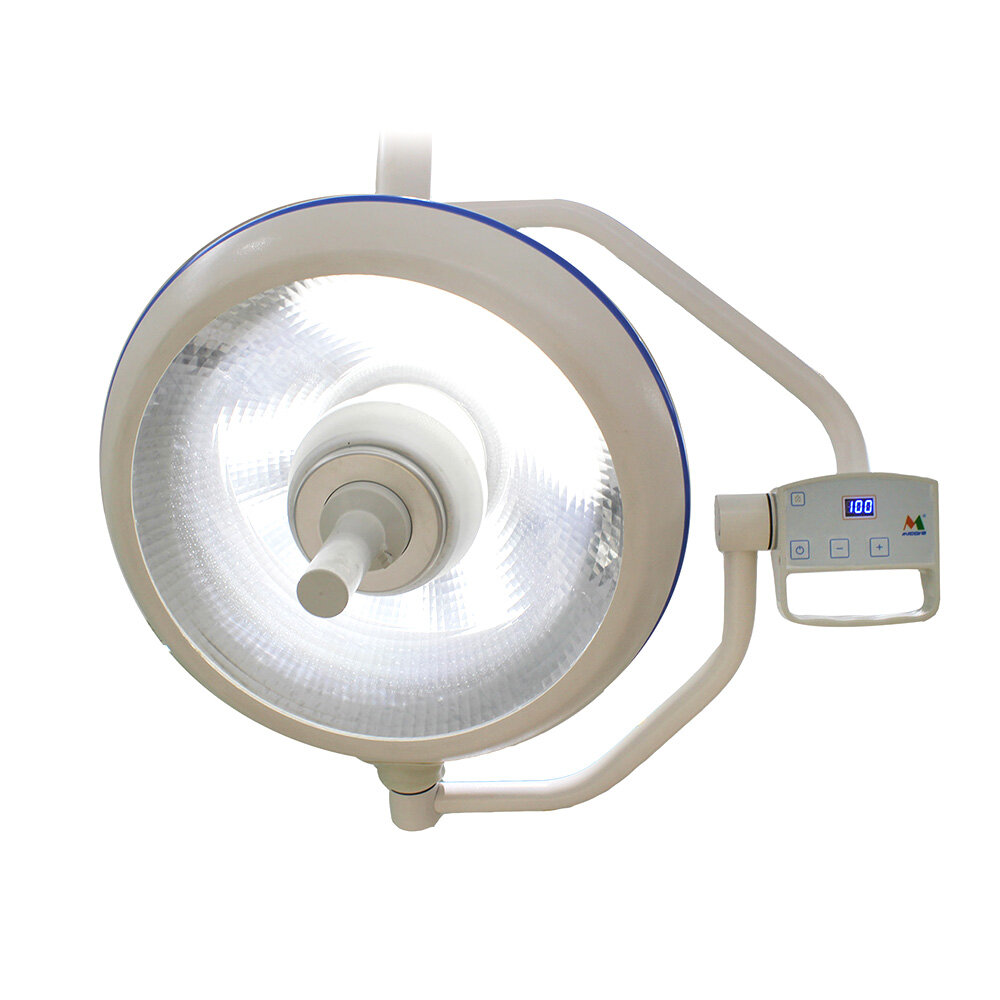
Growing plants indoors can be a challenging task, especially when the natural sunlight is not sufficient for the plants to thrive. This is where LED grow lights come into play. With the right LED grow light system, you can create an environment that mimics the natural sunlight, providing your indoor plants with the necessary light spectrum for healthy growth. However, purchasing a pre-made LED grow light system can be expensive. Therefore, building your own high-quality LED grow light system can save you money while ensuring the best possible results for your plants. This DIY guide aims to provide you with everything you need to know to build your own LED grow light system from scratch. We will cover the basics of plant growth and the importance of light spectrum, the different types of LED grow lights, and the components you will need to build your own system. With this guide, you will be able to create a customized LED grow light system that suits your specific plant needs and budget. So, whether you’re a seasoned gardener or a beginner, this guide will help you take your indoor plant growth to the next level.
Indoor plant growth is crucial for maintaining a healthy and vibrant environment in our homes and workplaces. Not only do indoor plants add aesthetic value to our surroundings, but they also provide numerous health benefits, such as improving air quality and reducing stress levels. However, for indoor plants to thrive, they require adequate lighting, which can be challenging to provide in indoor environments. This is where LED grow light systems come in handy. By building a high-quality LED grow light system, you can ensure that your indoor plants receive the necessary light spectrum to promote healthy growth and development. Investing in indoor plant growth through LED grow lights can boost both your physical and mental well-being, making it a worthwhile endeavor.
LED grow lights have become a popular choice for indoor plant growth due to their numerous benefits. First and foremost, they are energy-efficient and consume less electricity compared to other types of grow lights, resulting in lower utility bills. Additionally, LED grow lights emit less heat, which allows them to be placed closer to plants without the risk of damaging them. This also makes them ideal for small indoor spaces or grow tents with limited ventilation. LED grow lights also have a longer lifespan and require less maintenance, making them a more cost-effective option in the long run. Lastly, LED grow lights can be customized to emit specific wavelengths of light that cater to the needs of different plant species, resulting in healthier and faster growth.
The DIY Guide for Building a High-Quality LED Grow Light System for Better Indoor Plant Growth is a comprehensive manual that provides step-by-step instructions on how to create an efficient and effective lighting system for indoor plants. The guide is designed for both novice and experienced gardeners who want to optimize plant growth and yield by creating a customized LED light system. The guide walks readers through the process of selecting the right components, assembling the system, and installing it in their indoor garden. It also includes tips on how to monitor and adjust the lighting system to ensure optimal plant growth. With this guide, readers can create a high-quality LED grow light system that will help their plants thrive and flourish.
Understanding LED Grow Lights
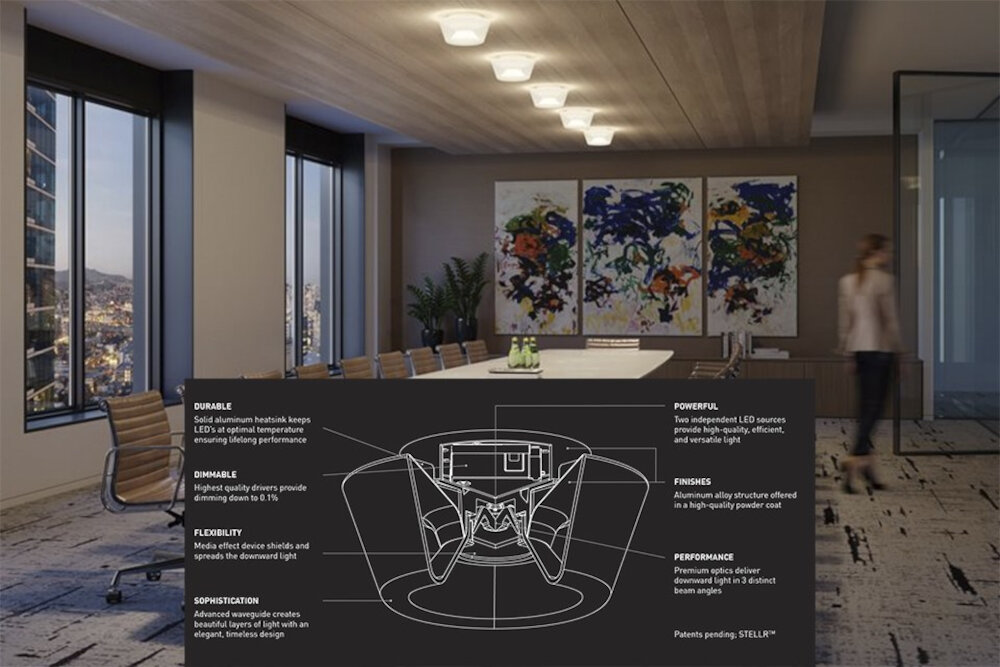
LED grow lights are a type of artificial lighting used in indoor gardening to simulate sunlight and support plant growth. These lights are designed to emit specific wavelengths of light that plants need for photosynthesis, making them an excellent alternative to natural sunlight. LED grow lights come in various shapes and sizes, and they are available in different colors and intensities. With the right LED grow light system, indoor gardeners can grow plants year-round regardless of the weather conditions outside. Understanding LED grow lights is crucial for anyone who wants to build a high-quality LED grow light system. Generally, LED grow lights are a more energy-efficient and long-lasting option than traditional grow lights. They also produce less heat, making them safer for indoor gardening. LED grow lights come in different types, including red and blue spectrum lights, full-spectrum lights, and adjustable spectrum lights. Full-spectrum LED grow lights are ideal for indoor gardening as they emit a wide range of wavelengths that simulate natural sunlight. Adjustable spectrum LED grow lights allow indoor gardeners to adjust the light spectrum according to the needs of their plants. Overall, LED grow lights are an excellent investment for anyone who wants to grow healthy plants indoors.
LED grow lights are specialized lighting systems designed to promote plant growth indoors. These lights use light-emitting diodes (LEDs) as the light source, which emit specific wavelengths of light that are most beneficial for plant growth. They are highly energy-efficient and cost-effective, making them an ideal choice for indoor plant growth. LED grow lights can be customized to provide the specific light spectrum needed for different stages of plant growth, from seedling to flowering. They also produce minimal heat, which reduces the risk of plant damage and minimizes the need for additional cooling systems. With the right setup, LED grow lights can help you achieve healthier and more vibrant plants, even in limited indoor spaces.
There are several types of LED grow lights available in the market, each having its own set of advantages and disadvantages. The most common types are the full-spectrum, red-blue, and white LED grow lights. Full-spectrum LED grow lights emit all wavelengths of light, similar to natural sunlight, making them ideal for all growth stages of plants. Red-blue LED grow lights, on the other hand, are more energy-efficient and emit light only in the red and blue spectrum, which is essential for photosynthesis. White LED grow lights are also energy-efficient and emit a broad spectrum of light that is suitable for plants in all growth stages. Choosing the right type of LED grow light depends on the type of plants being grown, the size of the grow area, and the budget.
When selecting LED grow lights for your indoor plant growth, there are some essential features to consider to ensure effective and efficient lighting. The first feature to consider is the wattage of the LED grow lights. The wattage should be appropriate for the size of the area you want to cover. Second, consider the color spectrum of the LED grow lights. The ideal spectrum for plant growth should include blue, red, and white light. Third, look for LED grow lights that have adjustable heights and angles to provide maximum coverage for your plants. Lastly, consider the heat generated by the LED grow lights, and ensure that they have a proper cooling system to prevent overheating and damage to your plants.
Planning Your LED Grow Light System
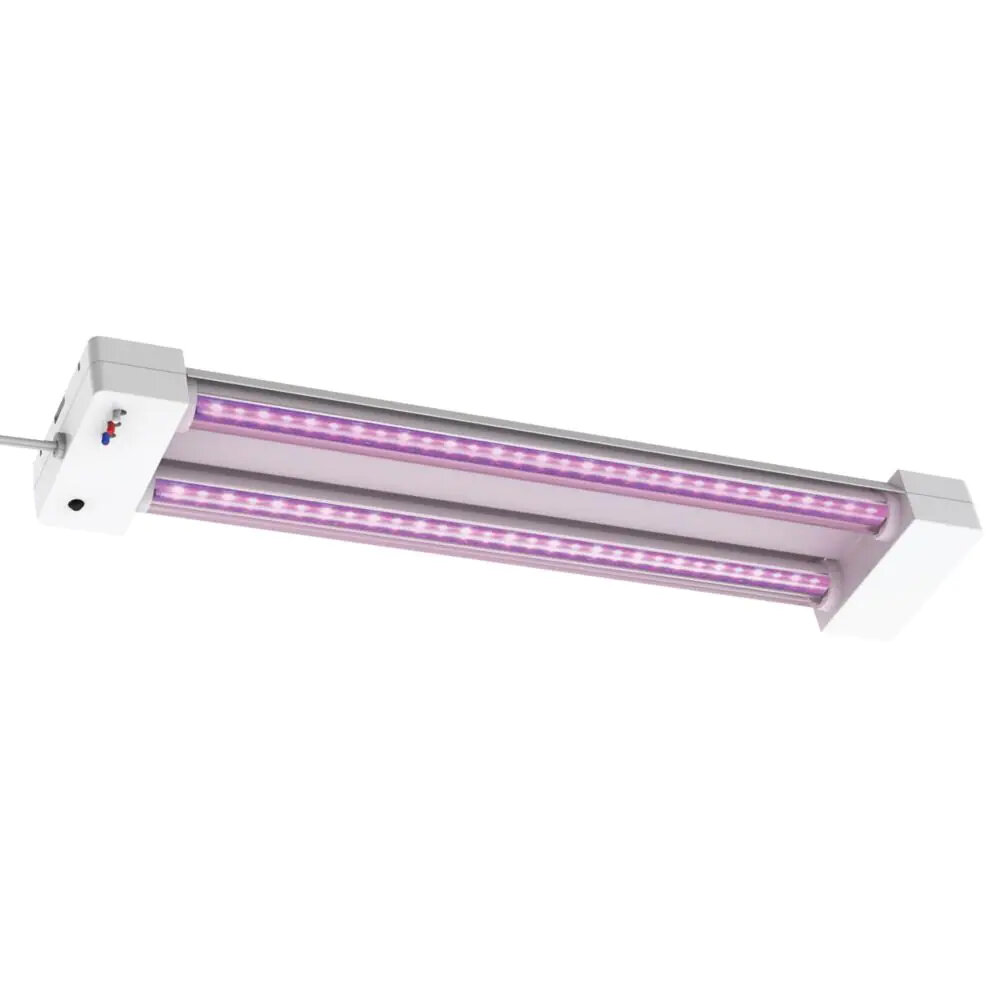
When it comes to planning your LED grow light system, there are several factors to consider to ensure that your plants receive optimal lighting. First and foremost, determine the size of your grow space and the number of plants you plan to grow. This will help you determine how many LED lights you need and what size they should be. Consider the wattage of each LED light and calculate the total wattage needed for your grow space. It’s important not to overload your grow space with too many lights or too much wattage, as this can lead to heat stress and reduced plant growth. Next, consider the spectrum of light your plants need at each stage of growth. Different types of plants have different lighting requirements, and LED lights come in a variety of spectrums. For example, blue light is important for vegetative growth, while red light is necessary for flowering. Some LED grow lights even offer full spectrum lighting, which is ideal for plants that require a variety of wavelengths. Determine the spectrum of light your plants need and choose the LED lights that offer the appropriate spectrum for each stage of growth. With proper planning, you can create a high-quality LED grow light system that promotes healthy plant growth and maximizes your indoor gardening success.
When building a high-quality LED grow light system for indoor plants, it’s important to determine the size of the grow space to ensure that the system is effective. The size of the grow space will ultimately determine the number of LED grow lights needed, and the wattage required to produce optimal growth. Factors to consider when determining the size of the grow space include the number of plants, the type of plants, and the growth stage. It’s also important to take into account the height of the plants and the distance between the LED grow lights and the plants to avoid any damage. By accurately determining the size of the grow space, you can ensure that your LED grow light system will provide your plants with the necessary light and energy for optimal growth.
Calculating the number of LED grow lights needed for your indoor plant growth requires careful consideration of several factors. The size of your grow space, the type of plants you are growing, and the desired light intensity all play a crucial role in determining the number of lights required. Additionally, the wattage and spectrum of the LED grow lights must also be taken into account to ensure optimal plant growth. A general rule of thumb is to use 30-50 watts of LED grow light per square foot of grow space, but this can vary based on the specific needs of your plants. By carefully assessing these factors and using a LED grow light calculator, you can determine the ideal number of LED grow lights needed to create a high-quality system for optimal indoor plant growth.
When it comes to designing the layout of LED grow lights, there are several factors to consider. First and foremost, you need to ensure that the lights are evenly distributed across the plants. This means that you should space the lights out so that they cover the entire canopy of your plants. Additionally, you should consider the height of the lights and their intensity. Different plants have different lighting requirements, so you’ll need to adjust the height and intensity of your lights accordingly. Finally, you should also consider the color spectrum of your LED lights. Different colors of light can have different effects on plant growth, so you’ll want to choose a spectrum that is optimal for the type of plants you are growing. By carefully designing the layout of your LED grow lights, you can help ensure that your plants receive the optimal amount and type of light for healthy growth.
Building Your LED Grow Light System
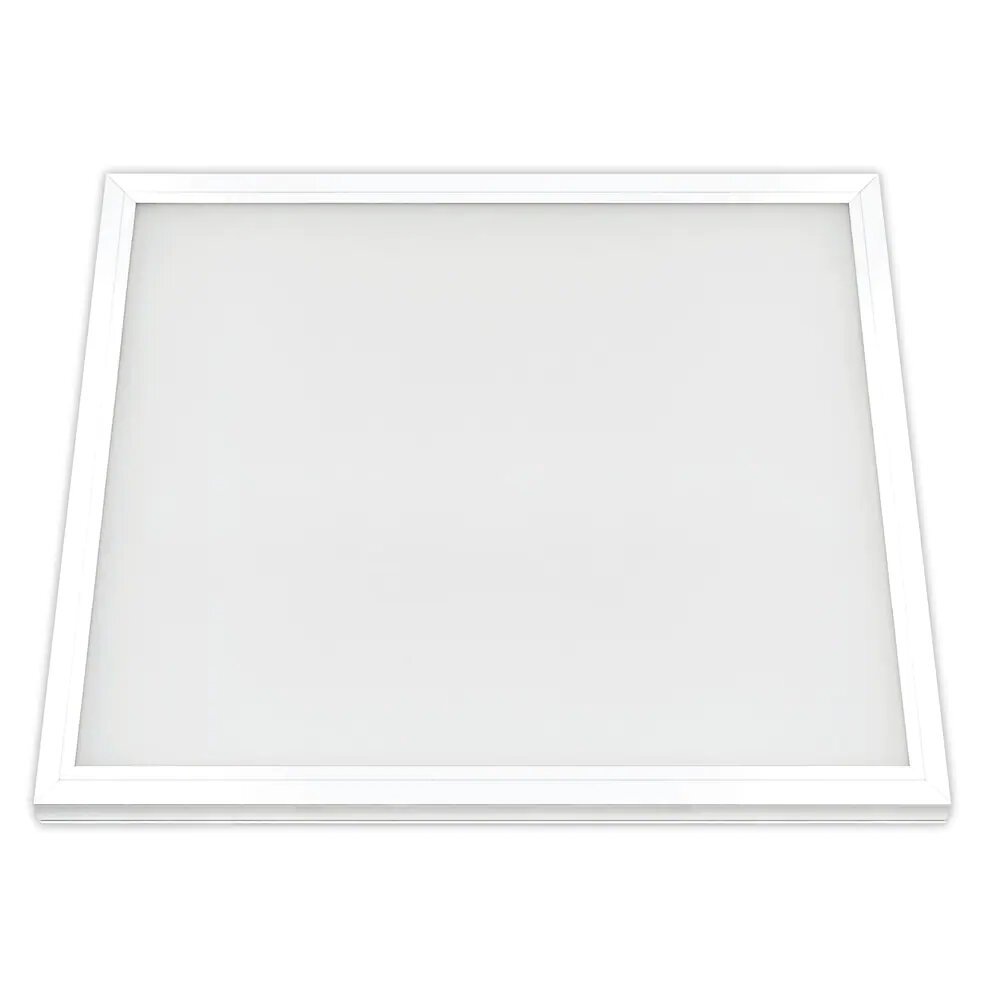
Building a high-quality LED grow light system is an excellent way to enhance the growth of your indoor plants. LED grow lights are an efficient and cost-effective alternative to traditional grow lights. They produce the full spectrum of light that plants need for photosynthesis, and they do so with less energy consumption and heat output. To build your LED grow light system, you will need to consider several factors, such as the size of your grow area, the type of plants you want to grow, and your budget. Firstly, you need to determine the size of your grow area and the number of plants you want to grow. For small grow areas, you can use a single LED grow light panel, while larger areas will require multiple panels. The size of the LED grow light panel you choose will depend on the number of plants you want to grow and the type of plants. If you’re growing plants that require a lot of light, such as tomatoes or peppers, you’ll need a brighter LED grow light. On the other hand, if you’re growing plants that require less light, such as herbs or leafy greens, a less bright LED grow light will suffice. By considering these factors, you can build an LED grow light system that will meet the needs of your plants and your budget.
To build a high-quality LED grow light system, you’ll need several materials. First, you’ll need to select the appropriate LED chips with high energy efficiency and a wide spectrum of light. You’ll also need a heat sink to dissipate heat generated by the LED chips, and a driver to regulate the voltage and current supplied to the LEDs. Additionally, you’ll need a reflector or optic lens to focus the light onto the plants, and a frame or housing to mount the components securely. Other necessary components include wires, connectors, and thermal paste. Selecting high-quality materials is essential to ensure the longevity and effectiveness of your LED grow light system.
Building an LED grow light system for indoor plants can be a fun and rewarding DIY project. To get started, gather the necessary materials, including LED grow light strips, aluminum channels, a power supply, and wires. Begin by measuring and cutting the aluminum channels to the desired length and attaching the LED strips to the channels. Then, connect the strips to the power supply and test the system. Finally, mount the system above your plants and adjust the height and intensity of the light as needed. With a little bit of effort and creativity, you can build a high-quality LED grow light system that will help your indoor plants thrive.
When building a high-quality LED grow light system for indoor plant growth, there are several tips to ensure durability and longevity. Firstly, choose high-quality materials such as aluminum or stainless steel for the frame and heat sinks to dissipate heat. Secondly, use high-quality LED chips with a high PAR (photosynthetically active radiation) output and a high CRI (color rendering index) to ensure optimal plant growth. Thirdly, ensure proper ventilation and cooling to prevent overheating and extend the lifespan of the LED chips. Finally, consider using waterproof and dustproof components to protect against moisture and dust, which can damage the system over time. By following these tips, you can ensure a high-quality and durable LED grow light system that will provide optimal lighting for your indoor plants.
Using Your LED Grow Light System
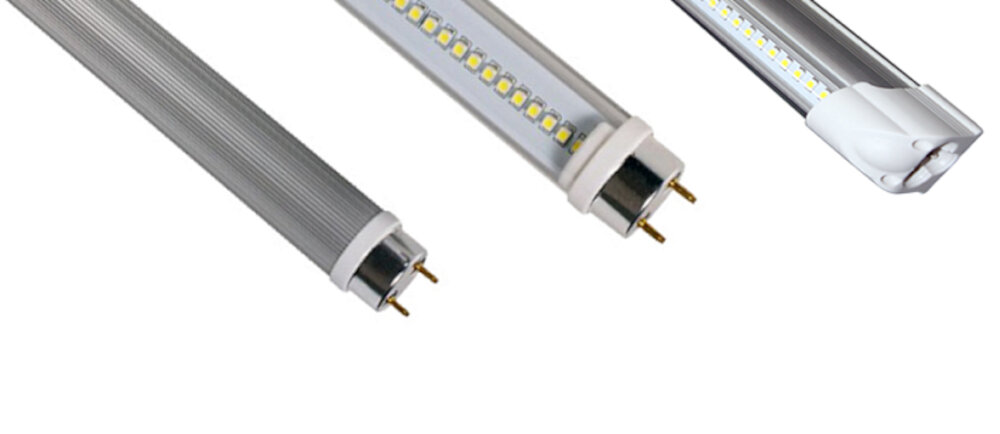
Using your LED grow light system is an essential part of ensuring that your indoor plants grow strong and healthy. Before you begin using your LED grow lights, you should first understand the type of plants you are growing and their specific lighting needs. Some plants require more light intensity than others, and some may require a specific light spectrum for optimal growth. Therefore, it is crucial to research your plants’ needs and adjust your LED grow lights accordingly. Additionally, it is essential to maintain a consistent light schedule for your plants to ensure they receive the right amount of light each day. To use your LED grow light system, you first need to install it correctly. Ensure that your LED grow lights are securely mounted in the appropriate location to provide uniform light coverage for your plants. Once your LED grow lights are installed, you can turn them on and adjust the light spectrum and intensity according to your plants’ needs. It is essential to monitor your plants’ growth and adjust the lighting schedule and intensity as necessary. Remember to keep your LED grow lights clean and free of debris to maintain optimal performance. By following these steps, you can ensure that your indoor plants receive the right amount of light for optimal growth and health.
Setting up the LED grow lights in the grow space is a crucial step in building a high-quality LED grow light system for better indoor plant growth. The first thing to consider is the placement of the lights, which should be at an appropriate distance from the plants to avoid burning or stunting their growth. Additionally, the number of lights required depends on the size of the grow space and the amount of light required by the plants. It is essential to choose high-quality LED grow lights with the right spectrum and power output to ensure optimal plant growth. Once the lights are installed, it is important to monitor the plants’ response to the light and make any necessary adjustments to ensure the best possible growth. Overall, setting up LED grow lights requires careful planning and attention to detail to ensure successful indoor plant growth.
Adjusting the height and intensity of the LED grow lights is a crucial aspect of building a high-quality LED grow light system for better indoor plant growth. The height of the lights should be adjusted according to the growth stage of the plants to ensure that they receive the right amount of light. During the vegetative stage, the lights should be positioned closer to the plants, while during the flowering stage, they should be moved further away. The intensity of the lights can also be adjusted using dimmer switches or by changing the wattage of the bulbs. This allows for greater control over the amount of light the plants receive, which can be especially important for sensitive plants that require specific light conditions to thrive. Overall, adjusting the height and intensity of the LED grow lights is an essential part of creating a successful indoor growing environment.
Maintaining and troubleshooting the LED grow light system is crucial for ensuring optimal plant growth. It’s essential to regularly check and clean the light fixtures, including the lenses, reflectors, and fans, to maintain their efficiency. A dirty fixture can reduce the amount of light reaching the plants and even cause overheating, which can damage the system. Additionally, it’s important to monitor the temperature and humidity levels to prevent mold and other plant diseases. If any issues arise, such as flickering or dimming of the lights, it’s essential to troubleshoot and address them promptly. This may involve replacing faulty parts, adjusting the height of the lights, or monitoring the power supply to ensure consistent output. By taking these steps, you can maintain a high-quality LED grow light system that promotes healthy plant growth and yields.
LED grow lights are a popular choice among indoor plant growers due to their numerous benefits. Firstly, they are energy-efficient and consume less energy compared to traditional grow lights, which results in lower electricity bills. Secondly, they produce less heat, which reduces the risk of burning the plants and allows growers to place the lights closer to the plants, resulting in better light absorption. Thirdly, LED grow lights emit specific wavelengths of light that are ideal for plant growth, which results in healthier and more vigorous plants. Additionally, LED grow lights have a longer lifespan and are environmentally-friendly, as they contain no hazardous materials. Overall, investing in a high-quality LED grow light system can significantly improve the health and growth of indoor plants while being cost-effective and environmentally conscious.
Building a high-quality LED grow light system for indoor plant growth requires several steps. First, you need to choose the right LED lights with the appropriate spectrum for your plants. Next, you need to select a suitable power supply and heat sink to ensure proper functioning and safety. Then, you will need to assemble the LED lights onto the heat sink and connect them to the power supply. Additionally, you should consider using reflective materials to increase light efficiency and reducing light leaks. Finally, it’s essential to test and adjust the system to ensure optimal performance and safety. By following these steps, you can create a high-quality LED grow light system that will provide your plants with the perfect amount of light for healthy growth.
Are you tired of watching your indoor plants struggle to grow and thrive due to insufficient light? Well, building a high-quality LED grow light system may be the solution you’ve been searching for! Not only does it provide the necessary light for healthy plant growth, but it also saves you money in the long run by reducing energy costs. Plus, the satisfaction of building your own system and watching your plants flourish under its glow is priceless. Don’t be intimidated by the idea of DIY, with a little research and effort, you can create a system tailored to your specific plant needs. So, why not give it a try and enjoy the benefits of healthy indoor plant growth?
Conclusion

In conclusion, building a high-quality LED grow light system for indoor plants is an excellent way to improve plant growth and yield. By following the DIY guide, you can create a custom system that meets your specific needs and budget. The use of LED technology provides a range of benefits, including energy efficiency, longer lifespan, and the ability to customize light spectrum. With the right materials and a little bit of know-how, you can create a professional-grade LED grow light system that will help your plants thrive. So, roll up your sleeves, get creative, and start building your very own LED grow light system today!

